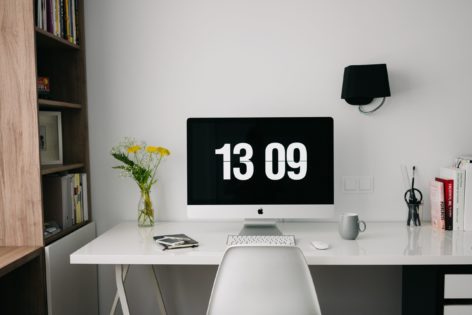Since the beginning of the COVID pandemic in 2020, remote work has skyrocketed to unprecedented levels, and it doesn’t appear to be coming back down any time soon. While there are certainly conveniences and positives to working from home or other remote locations, there are also some negatives as we find ourselves in this for the long haul.
Among the most common complaints about working remotely is that of Zoom fatigue. Many American employees are finding they are spending several minutes per meeting just staring at a screen, waiting to begin. In fact, this wasted time adds up to about 3 days every year for the average employee, or 6 days a year for senior executives.
Not only is time wasted, but the stress of having unnatural interactions and having to see ourselves reflected constantly creates another level of mental and emotional exhaustion.
Although the majority of employees want to continue working remotely, they miss some aspects of working in an office. They miss the water cooler chats, and the personal, casual conversations.
Remote work is here to stay, as are video conferences, but it’s important that how we accomplish these meetings, as well as the “office environment” we create adapts to fit the needs of the remote workforce. Having a digital community work space can help solve the problems created by the impersonal reality of working remotely.


